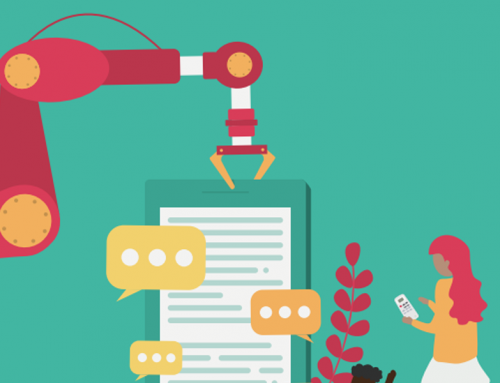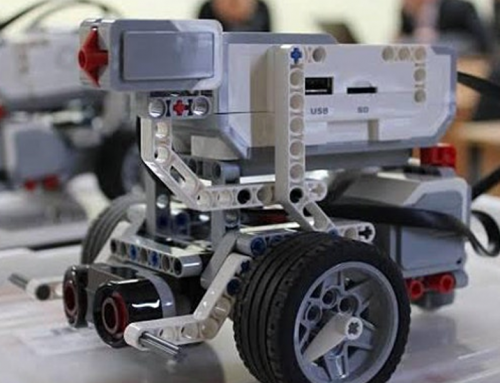The Erasmus+ project “We Are the Makers” enters its third year of activity. We present some of the proposed and tested Learning Scenarios.
You can download – they are in Creative Commons – the Learning Scenarios realized by the project We Are the Makers, co-funded by the Erasmus Plus Programme of the European Union.
The project website:http://www.wemakers.eu/it/home-italian/
The main goals of We Are the Makers are:
Introduction of 3D printing in schools
Introduction to the Internet of Things (ioT) in schools
Introduction of interactive object design concepts in schools
The inspiration for the content of the project came from the activities of the e-nable volunteer movement, which produces 3d printed hands for children with agenesis of the upper limbs (due to malformation or amputation of hands or arms) all over the world. In these cases, an early use of 3d printed hands tailored to individual children can help children develop symmetry, posture and sense of space. You can consult the Enabling the Future website: http://enablingthefuture.org/
3D printing activities are now widespread in many areas. The objective of We Are the Makers is to offer teachers and students courses that are both related to the curriculum subjects and inspire students’ interest and orientation towards new professions.
THE LEARNING SCENARIOS OF WE ARE THE MAKERS
On this page: http://www.wemakers.eu/o1-educational-3d-printing-manual/ you will find many of the preparatory work carried out by the partners, as a basis for the realization of the first Manual dedicated to the didactic introduction of 3D printing in secondary school (first and second grade). It deals with the development of learning scenarios that can be applied in each class. These learning scenarios are both real and in simulation. For example, the 3d hand printing scenario is real. The bridge realization scenario is a simulation that has a lot of relevance to the real realization of a bridge. Here are the learning scenarios, in summary, but you can find them described in full on the page indicated: http://www.wemakers.eu/o1-educational-3d-printing-manual/)
1) The French partner, e-nable France, presents on this page http://www.wemakers.eu/o1-educational-3d-printing-manual/ the manual on how to make and assemble a 3d printed hand for children with limb deformities. As you will see from the learning scenario presented, even secondary school students, followed by the teacher, would be able to make a 3d printed hand that can be donated to a child with malformation.
2) The Danish partner, the company Create It Real, has developed some learning scenarios. The first one is focused on 3d modeling and printing of a bridge, which will be tested on two parameters: bridge strength and cost. During the activity students will learn how to improve both parameters simultaneously.
Another scenario presented by Create It Real concerns the parametric design of a vase shaped object. Here students will print a vase in 3d and then present their product to their class trying to “sell” it. Students will improve their design by exploring the effect of small changes in the code to produce the updated design.
In the third scenario presented by Create It Real students will print a 3d stress ball using a flexible or elastic filament. The evaluation of the product will be on two parameters: a. correlation between the 3d model and the printed 3d product; b. number of balls “sold” to peers. Contents: Understanding of material properties – hardness, flexibility. Understanding of the relationship between geometry and material behavior.
3) The German Partner, the Kepler High School in Weil der Stadt presents a scenario dedicated to the realization of work plans with CAD/CAM/ and Computer Generated Imagery. A basic overview of a standard industrial production flow, starting from the sketch of an idea, implementing it in a CAD package, visualizing the idea through rendering (CGI) and realizing it with CAM techniques, finally elaborating the relationship between CAD, CGI and CAM.
Another scenario presented by Kepler High School concerns the chemistry of PLA. In this scenario students will learn about PLA as a renewable and recyclable 3D printing material.
A third scenario of the Kepler High School, designed in honor of the great astronomer Johannes Kepler, born in Weil der Stadt, concerns the design and printing in 3D of ancient astronomical instruments.
A fourth scenario of the Kepler High School concerns the subject of English and focuses on research on the e-nable movement and its activities. A last scenario presented by the Kepler High School is called “Souvenir Shop” and creates a series of 3D printed souvenirs that recall the historical and geographical characteristics of some countries.
The scenarios presented by Greece’s partner, Edumotiva, are three. The first focuses on the design and printing of a chain-link structure, a complex structure where each link connects to others. Similarly, two other Edumotiva learning scenarios always concern complex coupled or connected structures, such as rack and pinion. Edumotiva’s scenarios are interesting and complex, as they recall different curricular subjects and important logical reasoning.
School of Robotics presented some learning scenarios related to art and to the problem of oceans pollution caused by plastics. In one scenario it is realized in 3d, having used photogrammetry, an art object present in a museum while the other students have to guess the object by touching it. A second scenario of Scuola di Robotica concerns the design of research activities and workshops always inspired by the problem of plastic that is polluting the oceans: how to free the oceans from plastic; different types of plastics; recyclable plastics. Another scenario of Scuola di Robotica concerns the 3d printing activity of marine animals threatened with extinction due to the pollution of the oceans; these objects are printed using recycled plastic taken from the sea.
Also the scenarios presented by the Partner of Romania, the University of Valahia Targoviste, are very interesting and concern the study of the allotropic properties of matter, the phenomenon for which a chemical element or compound can exist, at the same temperature and pressure, in two or more different forms due to their physical and chemical properties, while presenting the same state of aggregation. The University of Valahia Targoviste has identified the topic “From diamond to nanotubes. Allotropic forms of carbon” and designed a series of learning scenarios where allotropic forms of carbon are printed in 3d by students.
All these learning scenarios can be adopted and replicated by secondary schools which, in the absence of 3d printers, could connect to local Fablab and collaborate with them.






